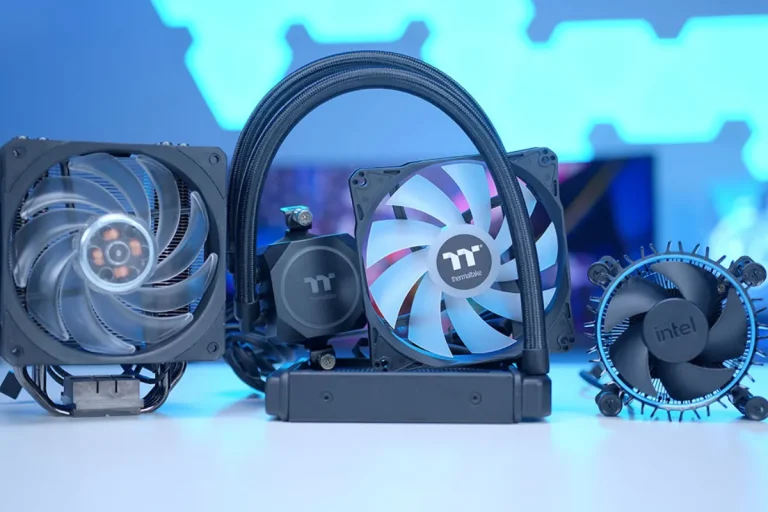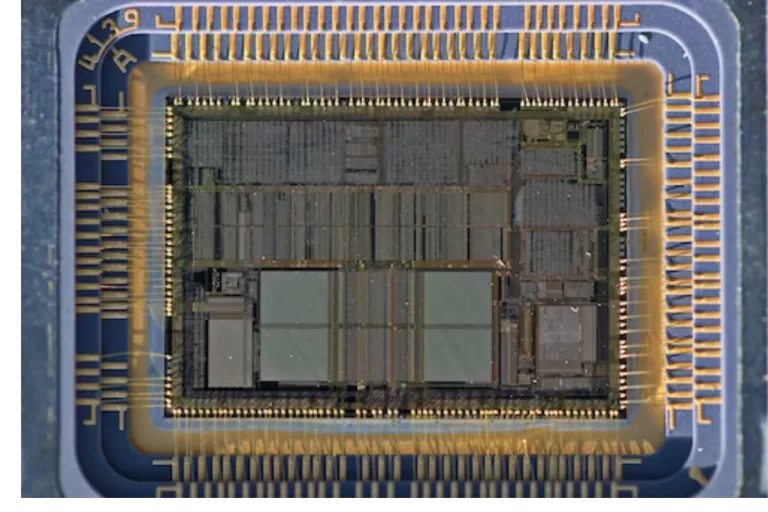Are the CPU coolers that come with AMD CPUs good?
Are you wondering if the CPU coolers that come with AMD processors are worth it? Well, look no further! In this blog post, we’ll dive into the world of AMD CPU coolers to help you determine if they meet your cooling needs. From performance evaluations to user experiences, get ready to uncover the truth about these bundled coolers.
Performance Evaluation
When it comes to CPU coolers, performance is crucial. In this section, we’ll evaluate the cooling capabilities of AMD’s stock coolers, backed by real-world tests and benchmarks. We’ll also compare them to aftermarket cooling solutions and explore the impact of ambient temperature and overclocking.
Assessing Cooling Performance
To determine the effectiveness of AMD stock coolers, we put them through rigorous testing. We measured their ability to dissipate heat and maintain optimal CPU temperatures during various tasks, such as gaming, video rendering, and multitasking. Our tests revealed the cooling efficiency of each stock cooler.
Stock Coolers vs. Aftermarket Solutions
While AMD stock coolers do a commendable job, it’s important to compare them to aftermarket cooling solutions.
Aftermarket coolers offer enhanced cooling capabilities and often come with more advanced features, such as larger heatsinks, improved fan designs, and better heat dissipation technologies. We’ll examine the performance differences between stock coolers and aftermarket alternatives.
Impact of Ambient Temperature and Overclocking
Ambient temperature plays a significant role in CPU cooling. Higher ambient temperatures can impact the cooling efficiency of stock coolers and may result in higher CPU temperatures. We’ll discuss how ambient temperature affects the performance of stock coolers and provide insights on managing cooling under varying conditions.
Additionally, we’ll explore the impact of overclocking on stock cooler performance. Overclocking increases the CPU’s power and heat output, placing higher demands on the cooler. We’ll evaluate how well stock coolers handle overclocked CPUs and whether aftermarket options are necessary for optimal performance.
Noise Levels and Acoustics
When it comes to CPU coolers, noise can be a significant concern. In this section, we’ll evaluate the noise levels generated by AMD stock coolers, both during normal use and under heavy loads. We’ll also compare them to aftermarket coolers to determine the noise-to-performance ratio.
Evaluating Noise Levels
To assess the noise generated by AMD stock coolers, we conducted tests in various scenarios. We measured the noise levels produced during idle usage, light tasks, and demanding workloads such as gaming or rendering. Our goal was to determine how quiet or noisy these coolers are in real-world situations.
Comparisons with Aftermarket Coolers
While stock coolers are designed to provide efficient cooling, aftermarket coolers often offer quieter operation due to their advanced designs and enhanced fan technologies.
We’ll compare the noise levels of stock coolers against popular aftermarket options to understand the trade-off between cooling performance and acoustics.
Noise-to-Performance Ratio
Finding the right balance between cooling performance and noise level is crucial for a pleasant computing experience. We’ll analyze the noise-to-performance ratio of AMD stock coolers to help you make an informed decision.
By considering the cooling efficiency they offer alongside the noise they generate, you’ll be able to choose a cooler that suits your preferences.
Compatibility and Installation

Compatibility and ease of installation are essential factors to consider when choosing a CPU cooler. In this section, we’ll discuss the compatibility of AMD stock coolers with various CPU sockets, including AM4, AM3+, and FM2+. We’ll also provide step-by-step instructions for installing and removing these coolers.
Compatibility with CPU Sockets
AMD stock coolers are designed to be compatible with a range of CPU sockets, ensuring a hassle-free installation process.
They are specifically engineered to fit popular AMD sockets such as AM4, AM3+, and FM2+. We’ll delve into the details of which sockets are supported, allowing you to choose a cooler that suits your CPU.
Installation Instructions
Installing an AMD stock cooler is a straightforward process that can be completed in a few simple steps. We’ll provide you with clear, step-by-step instructions to guide you through the installation process.
From preparing the cooler to attaching it securely to your CPU, we’ll ensure you have a smooth experience.
Removing the Cooler
At times, you may need to remove the stock cooler for maintenance or upgrades. We’ll also walk you through the process of safely removing the cooler from your CPU, ensuring that you avoid any potential damage.
Frequently Asked Questions
1. Are there alternative cooling solutions available for better performance or lower noise levels?
Yes, there are alternative cooling solutions such as liquid coolers, tower coolers, and fanless coolers that offer improved performance or reduced noise levels compared to stock coolers.
2. What are the benefits of using aftermarket CPU coolers?
Aftermarket CPU coolers offer several advantages, including enhanced cooling efficiency, better heat dissipation, quieter operation, and customization options for aesthetics or performance tuning.
3. Can aftermarket coolers fit different CPU socket types?
Yes, most aftermarket coolers are designed to be compatible with a wide range of CPU socket types, including popular ones like AM4, AM3+, and FM2+. However, it’s essential to check the specifications of the cooler to ensure compatibility with your specific socket.
4. Do aftermarket coolers require additional installation steps?
Yes, installing an aftermarket cooler may involve additional steps compared to stock coolers. Typically, it includes removing the stock cooler, applying thermal paste, mounting the new cooler, and securing it properly. Detailed instructions are usually provided with the cooler.
5. Are aftermarket coolers more expensive than stock coolers?
Yes, aftermarket coolers generally come at a higher price point compared to stock coolers. However, they offer superior performance, better build quality, and additional features, making them a worthwhile investment for users seeking improved cooling capabilities.
Conclusion
The CPU coolers that come with AMD CPUs are reliable options for average users. While they may not offer top-tier performance or customization options, they are sufficient for most tasks. However, if you require better cooling performance or lower noise levels, considering aftermarket coolers can be a worthwhile upgrade.




